Responsive spaces: The London Festival of Architecture explores the future of the modern workspace
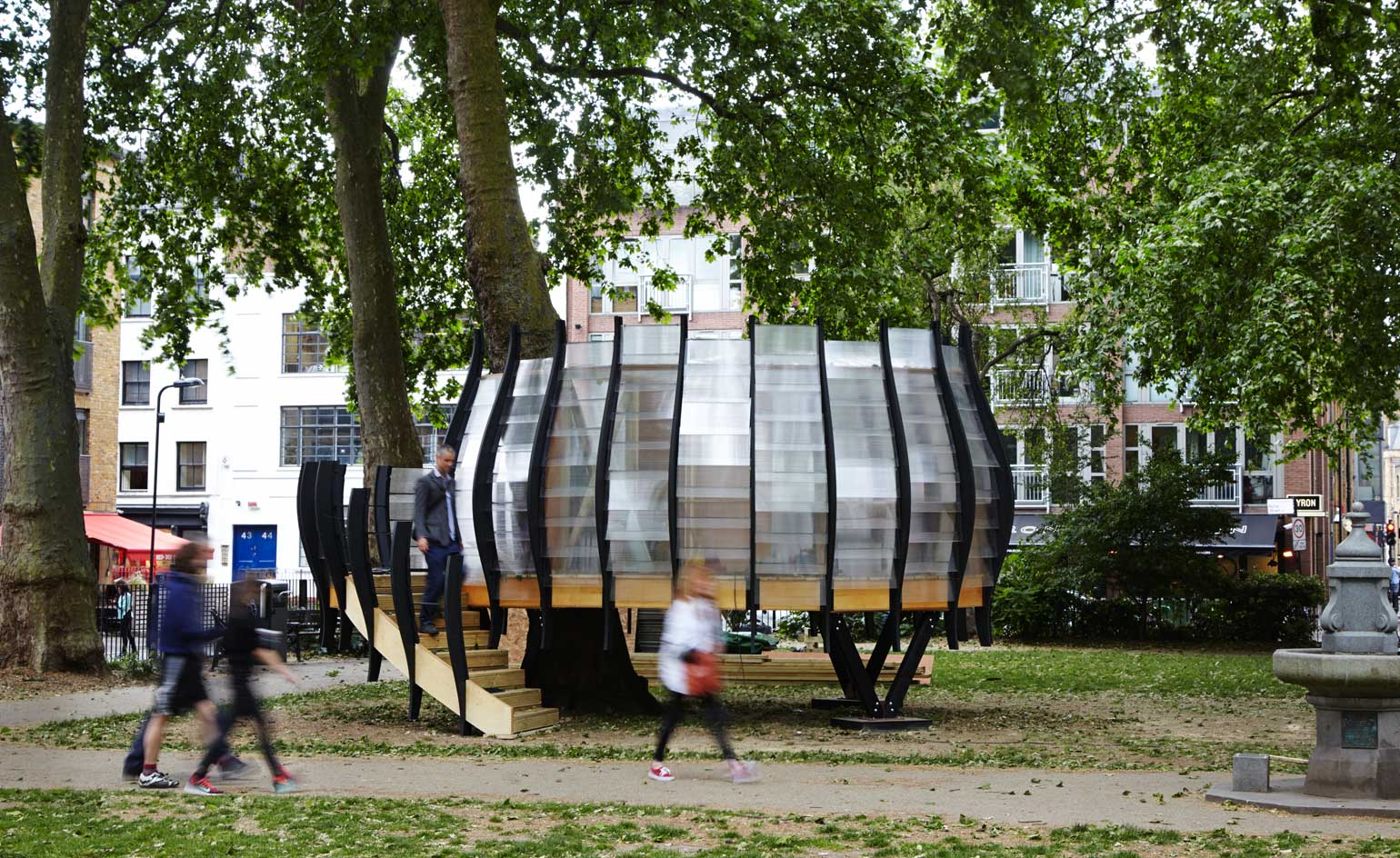
This year's London Festival of Architecture focuses on the increasing use of unconventional workspaces across the capital. As the nature of work continues to change, so too does the working environment. Remote working has freed employees up from their workstations; at the same time, myriad start-ups and sole-traders have taken space in shared offices, which are springing up across cities worldwide.
The London-based architectural practice Gensler is exploring this phenomenon in its debate 'Why Keep Work in the Office When We Can Have the City?' The panellists will grapple with issues such as: How will office environments change to counter or embrace this trend? What will future 'Third Spaces' become? And how can these spaces respond in order to better support the industry clusters that they are embedded in?'
RIBA's event, 'The Changing Face of Workspace', pushes this theme further still, questioning whether these changes and the way we work have a greater impact on us than we might expect.
But it's not all co-working and coffee shops. Under the Archiboo banner, Carlo Ratti of the Massachusetts Institute of Technology ponders the repercussions for how whole cities are designed in his talk 'The Future of Work: the New Ideas That Will Kill the Office'.
Meanwhile, as digital technology allows work to become ever-more invasive, the effect this is having on our sleep and well-being is discussed at 'Hypnos: The Architecture of Sleep'. This panel debate, which accompanies Sto Werkstatt's exhibition on sleep, asks: 'What does it say about a company that provides a bed, on the proviso that you are available 24/7?' Sleep neuroscientist Professor Jim Horne will be on the panel hoping to throw light on the subject.
This year's event illustrates many different futures for our working lives – but one thing participants do agree on is that almost continual change is now a given.
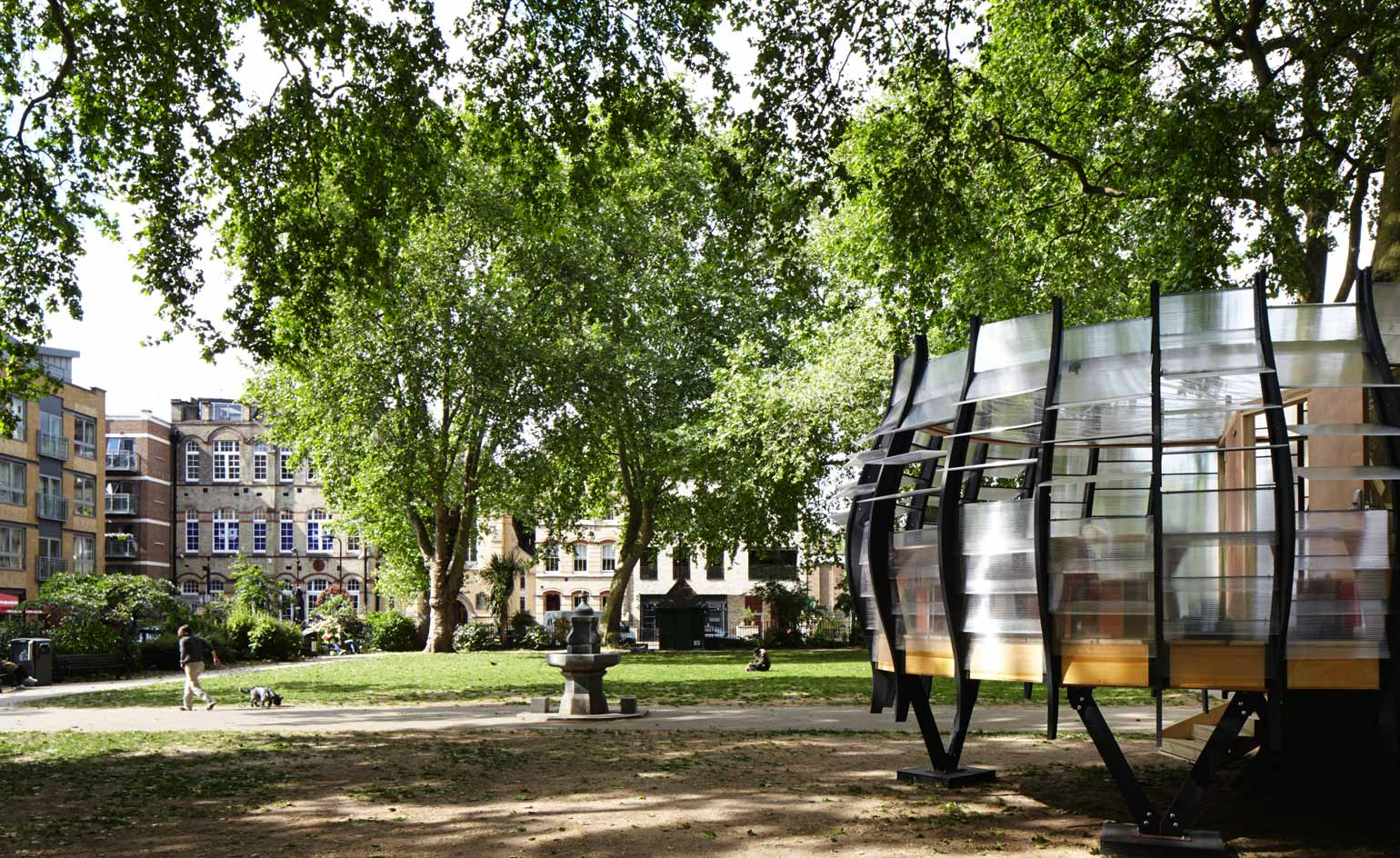
Up to eight people can book a spot in the temporary co-working space and use the tree's WiFi
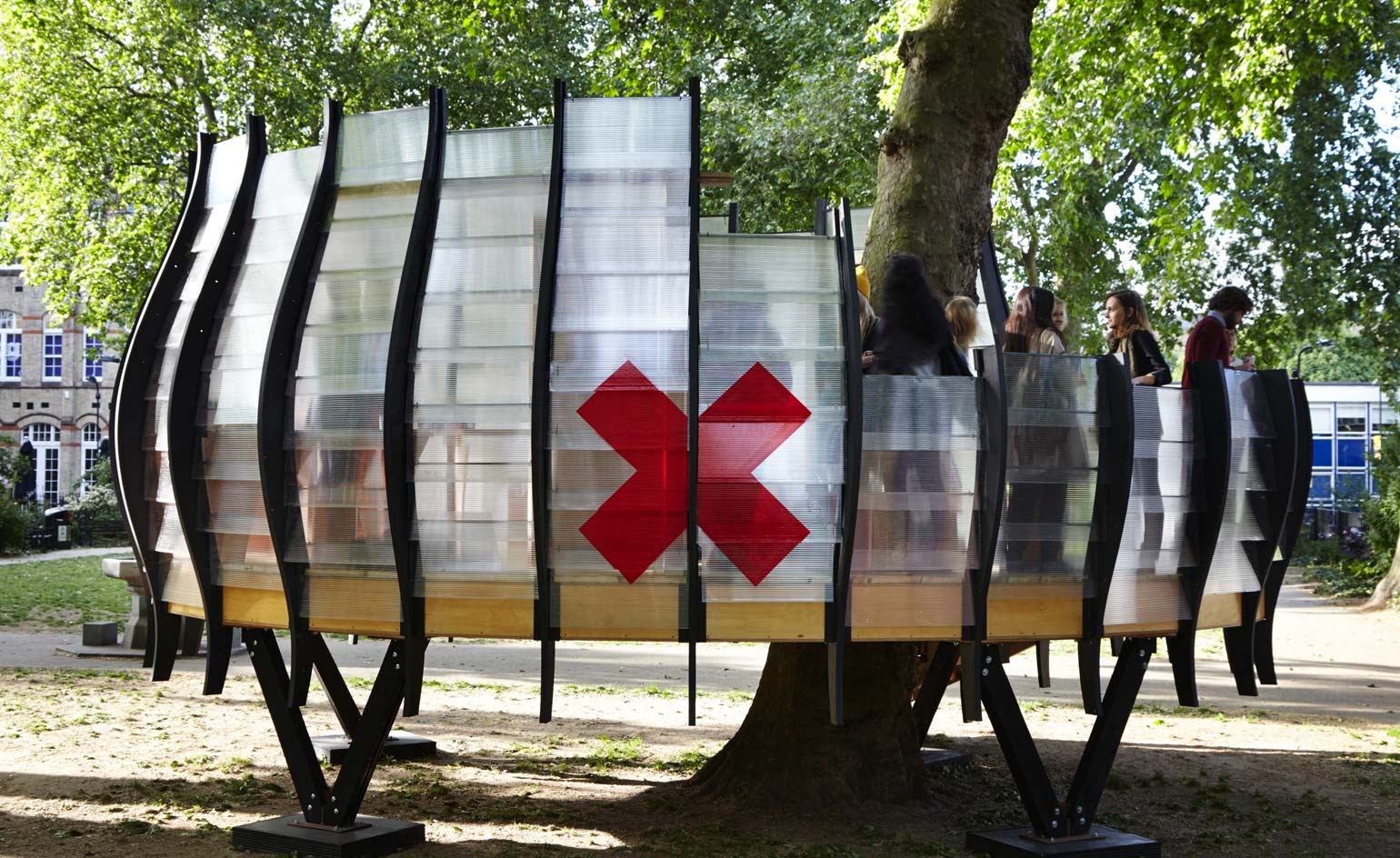
It's a collaboration between Australian American artist Natalie Jeremijenko, London-based artists Shuster + Moseley, architects Tate Harmer and briefing architects Gensler
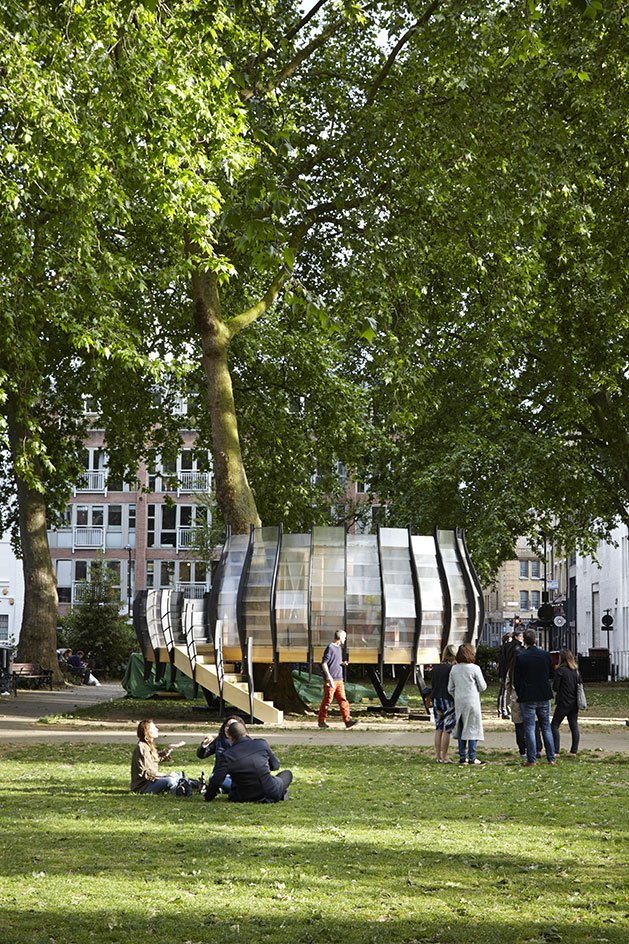
TREExOFFICE will be available to book for the entire month of June
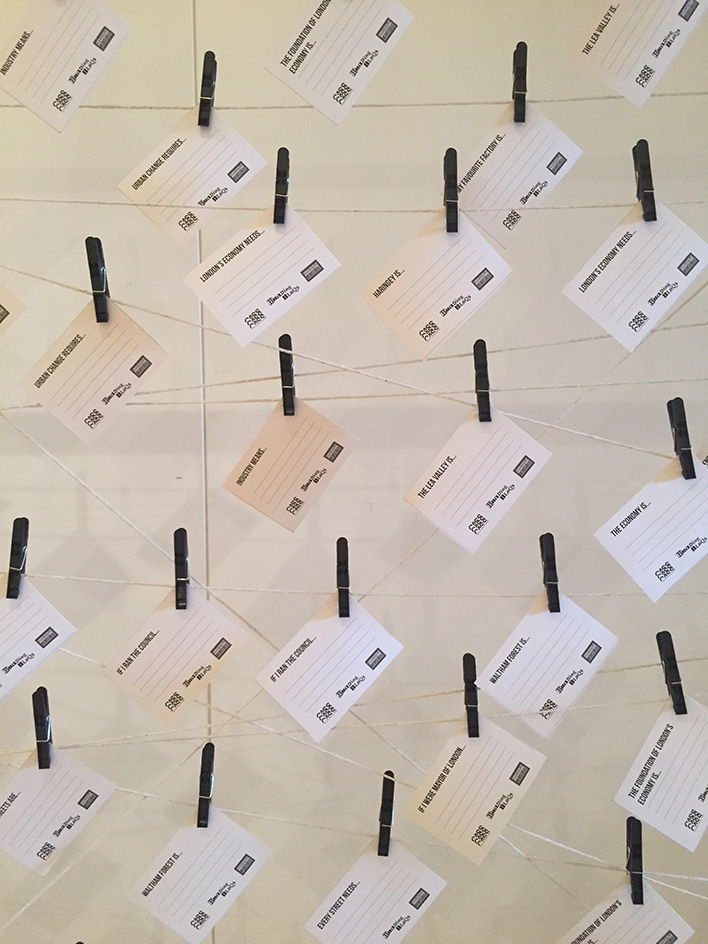
In a separate event, Professor Mark Brearley's venture Cass Cities throws light on London's 'alternative' economic life, focusing on smaller manufacturing businesses
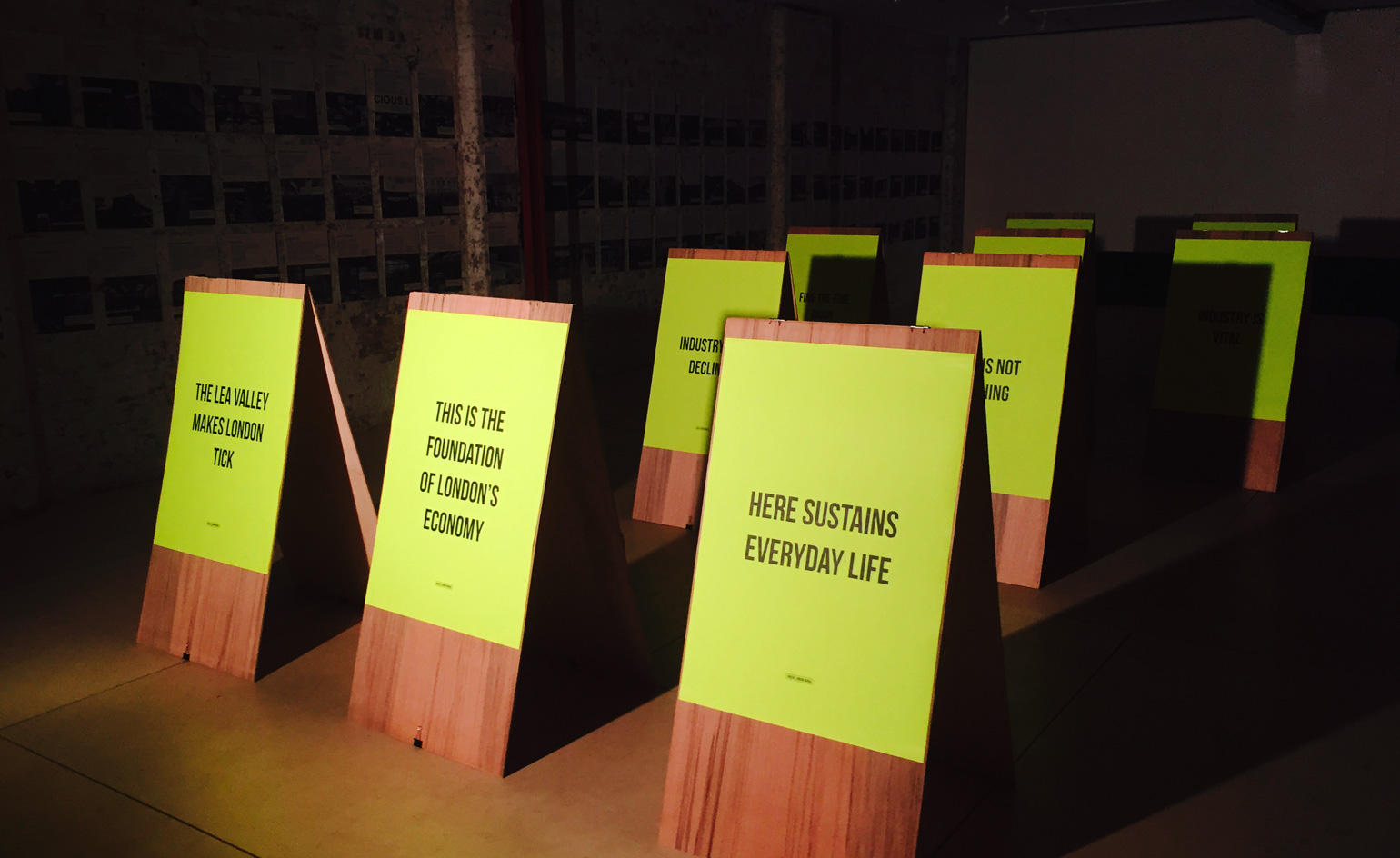
Where London Works Exhibition by Cass Cities maps the capital's workshops, shoemakers and bakers
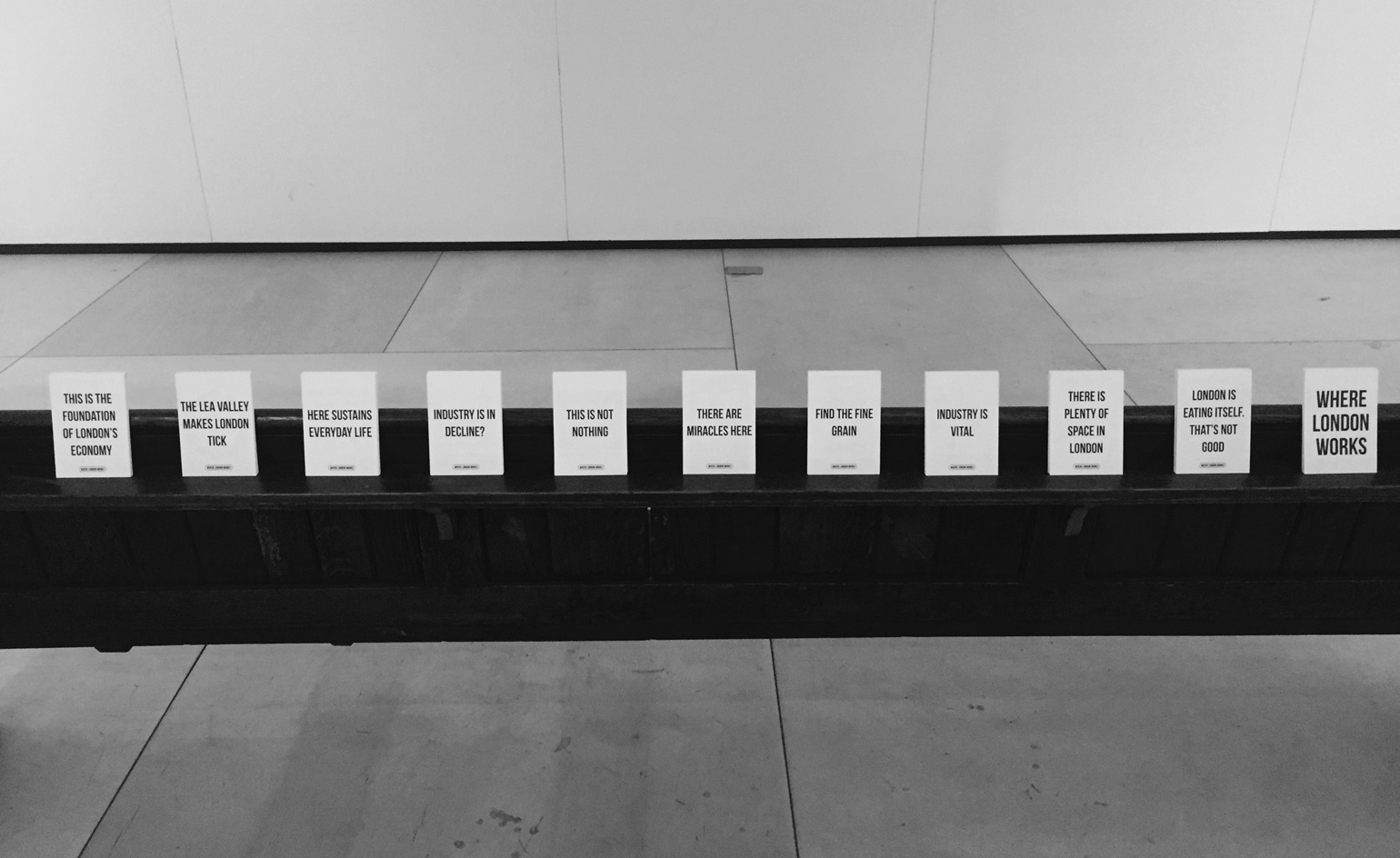
The exhibition of Cass's fascinating findings is on display at Building BloQs, a new open-access workspace for independent designers working in wood, metal, concrete, plastic and paint
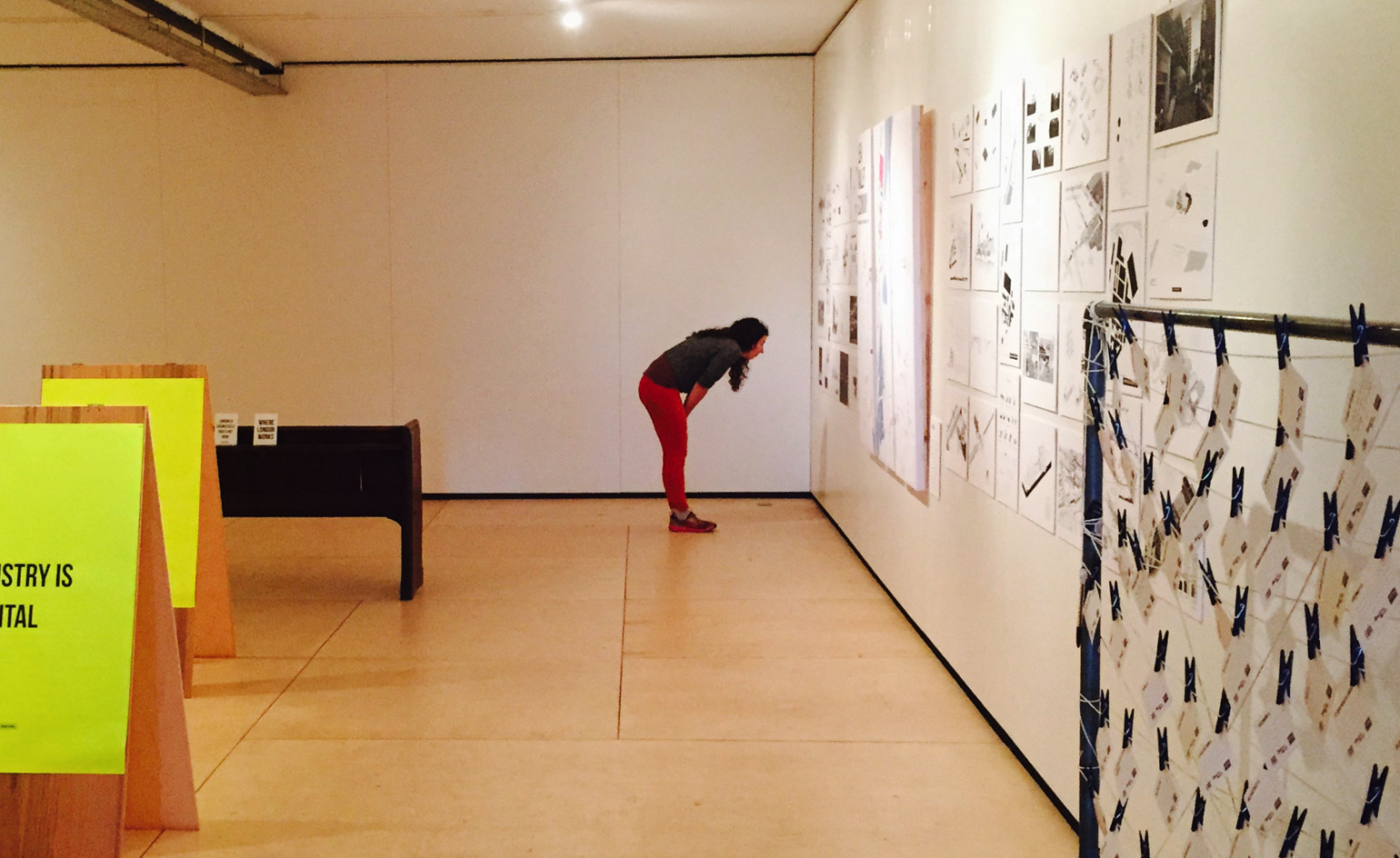
Open from the 13th to the 20th June, this show celebrates London's 'vast economic life'
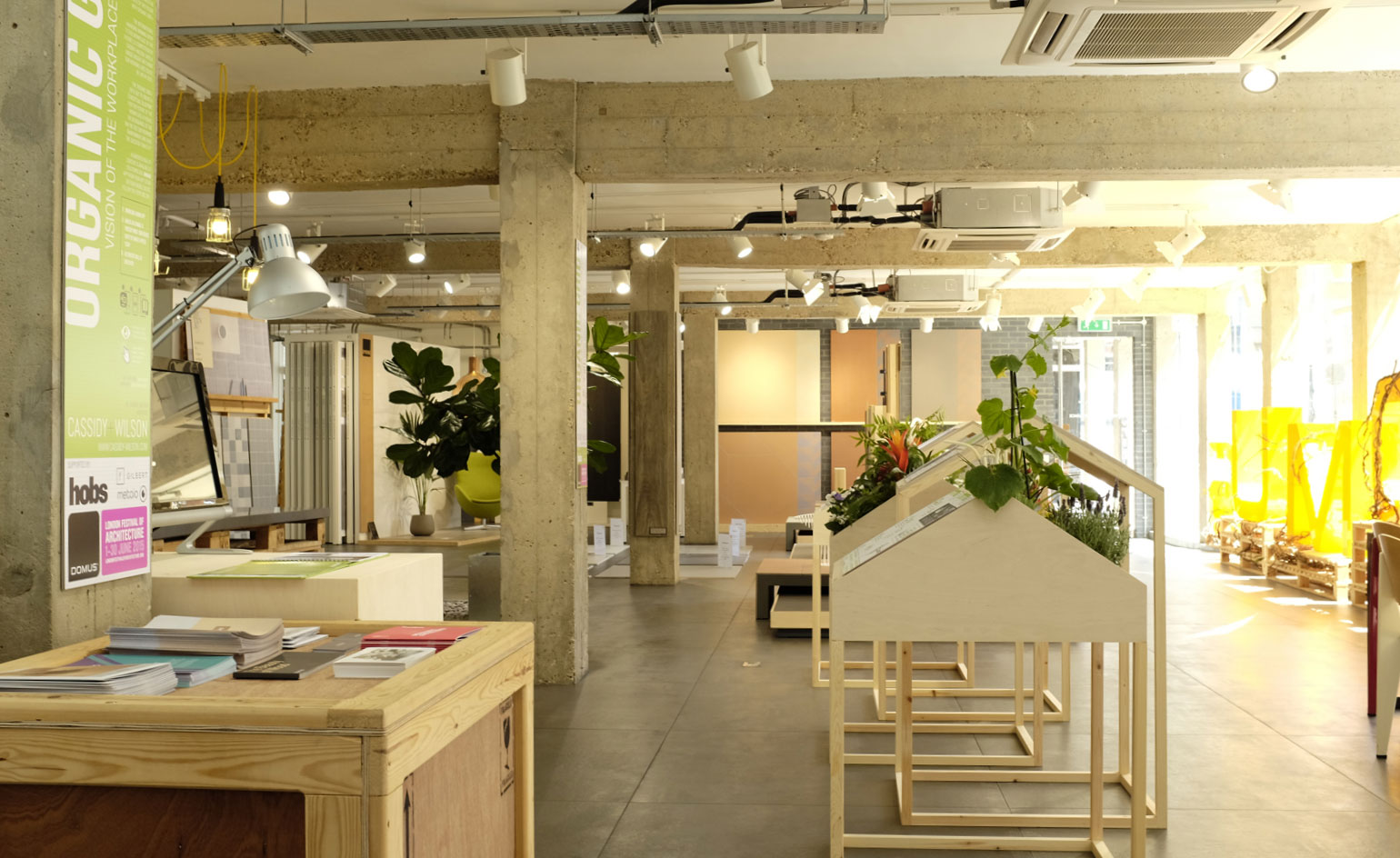
Organic Grid + - Vision of the Workplace of the Future is one more exhibition that opens this week, this time in collaboration with Domus Tiles
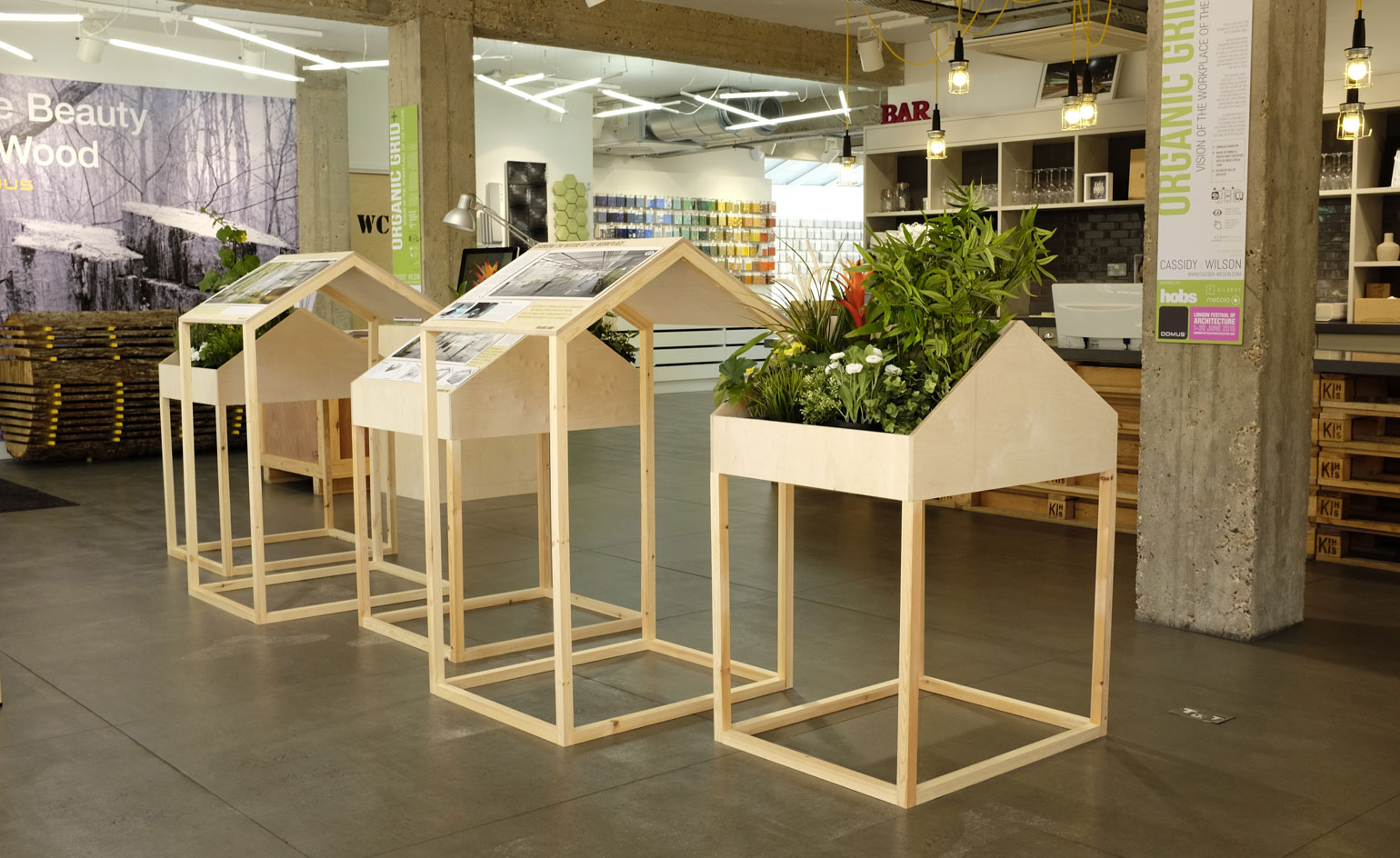
In this show, designers Sean Cassidy and Joe Wilson have imagined what our working lives could be like in 2050
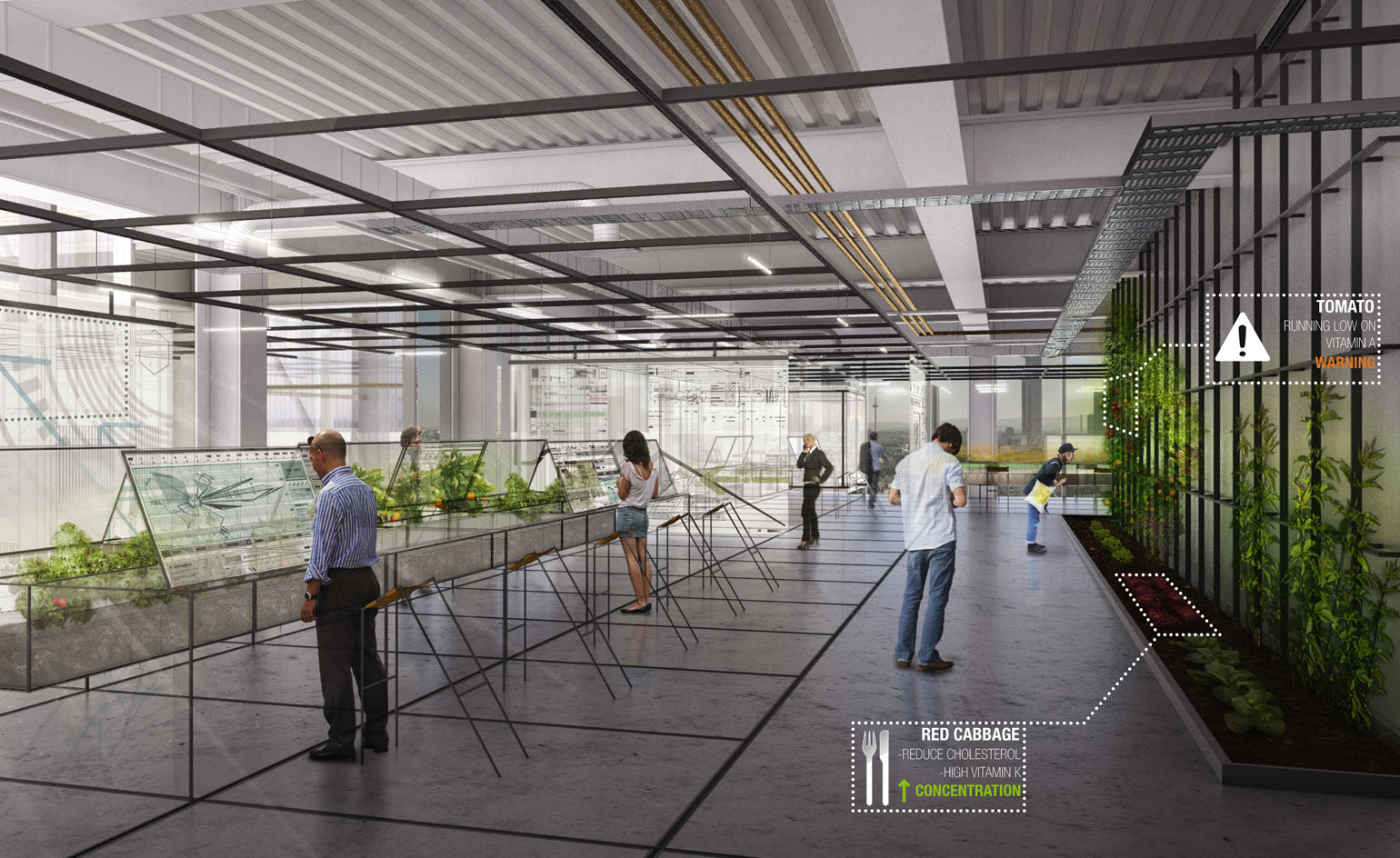
The duo have brought together technology and nature, and present - among other ideas - a world in which staff harvest their lunch
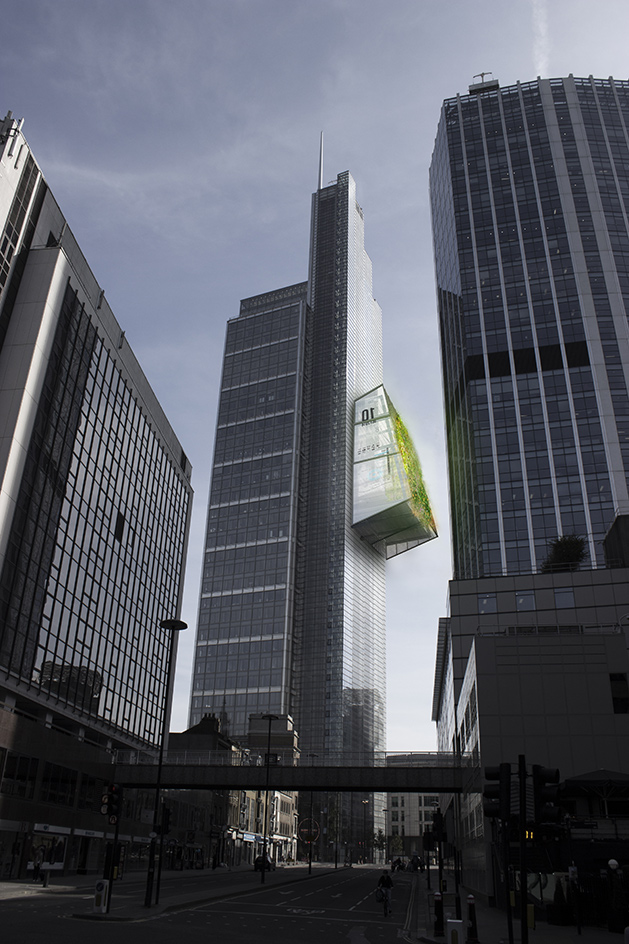
The show explores conceptual blueprints related to the evolution of our working environment and asks the question 'what if?'
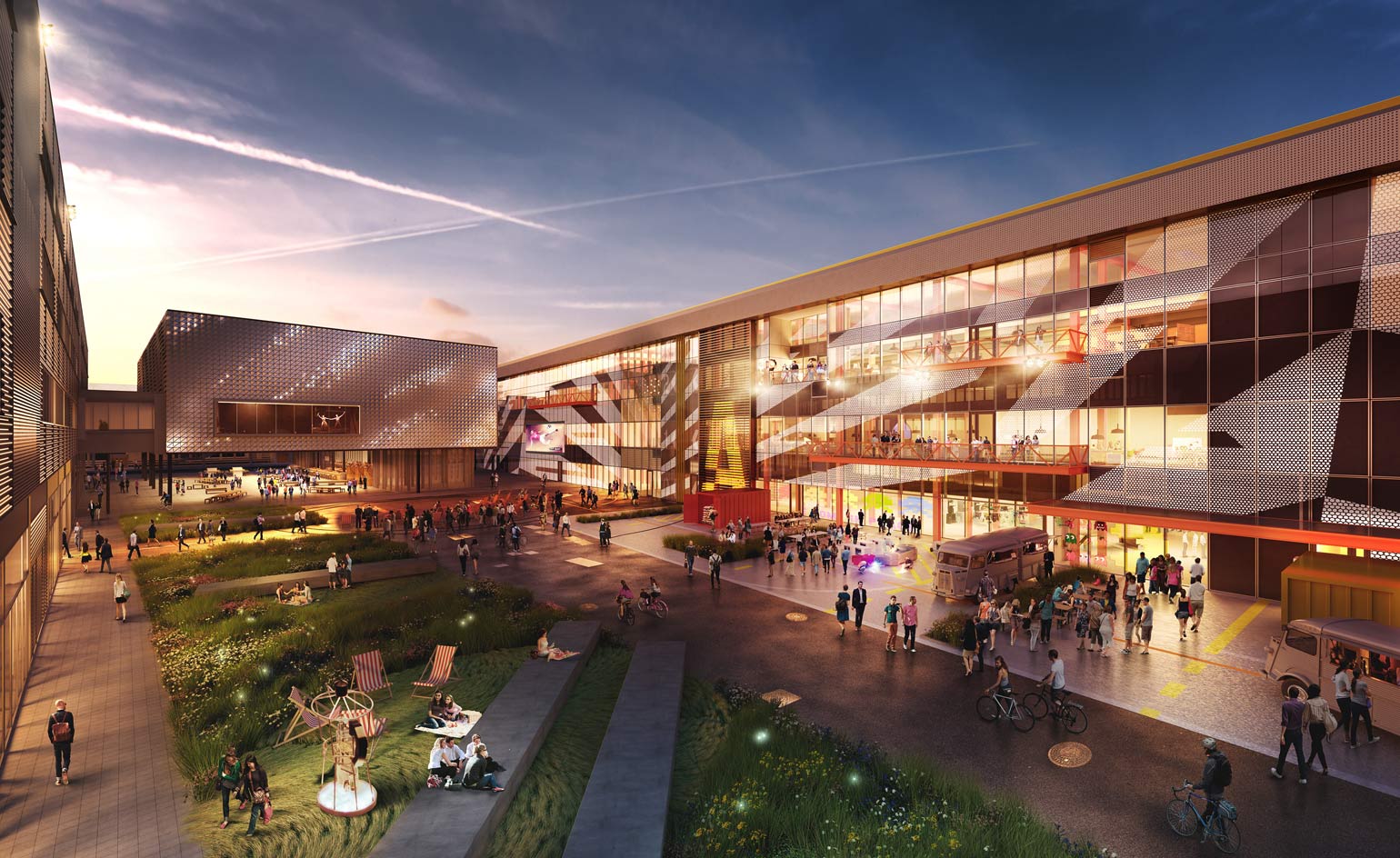
A healthy, functioning city needs to balance limited land with the need for jobs and infrastructure. Three such projects in Eindhoven, London and New York are presented in the LFA's keynote debate, The Working City: Eindhoven, London, New York, followed by panel discussion to thrash out this pressing issue.
Wallpaper* Newsletter
Receive our daily digest of inspiration, escapism and design stories from around the world direct to your inbox.
Clare Dowdy is a London-based freelance design and architecture journalist who has written for titles including Wallpaper*, BBC, Monocle and the Financial Times. She’s the author of ‘Made In London: From Workshops to Factories’ and co-author of ‘Made in Ibiza: A Journey into the Creative Heart of the White Island’.
-
 Cure your ‘beauty burnout’ with Kindred Black’s artisanal glassware
Cure your ‘beauty burnout’ with Kindred Black’s artisanal glasswareDoes a cure for ‘beauty burnout’ lie in bespoke design? The founders of Kindred Black think so. Here, they talk Wallpaper* through the brand’s latest made-to-order venture
By India Birgitta Jarvis
-
 The UK AIDS Memorial Quilt will be shown at Tate Modern
The UK AIDS Memorial Quilt will be shown at Tate ModernThe 42-panel quilt, which commemorates those affected by HIV and AIDS, will be displayed in Tate Modern’s Turbine Hall in June 2025
By Anna Solomon
-
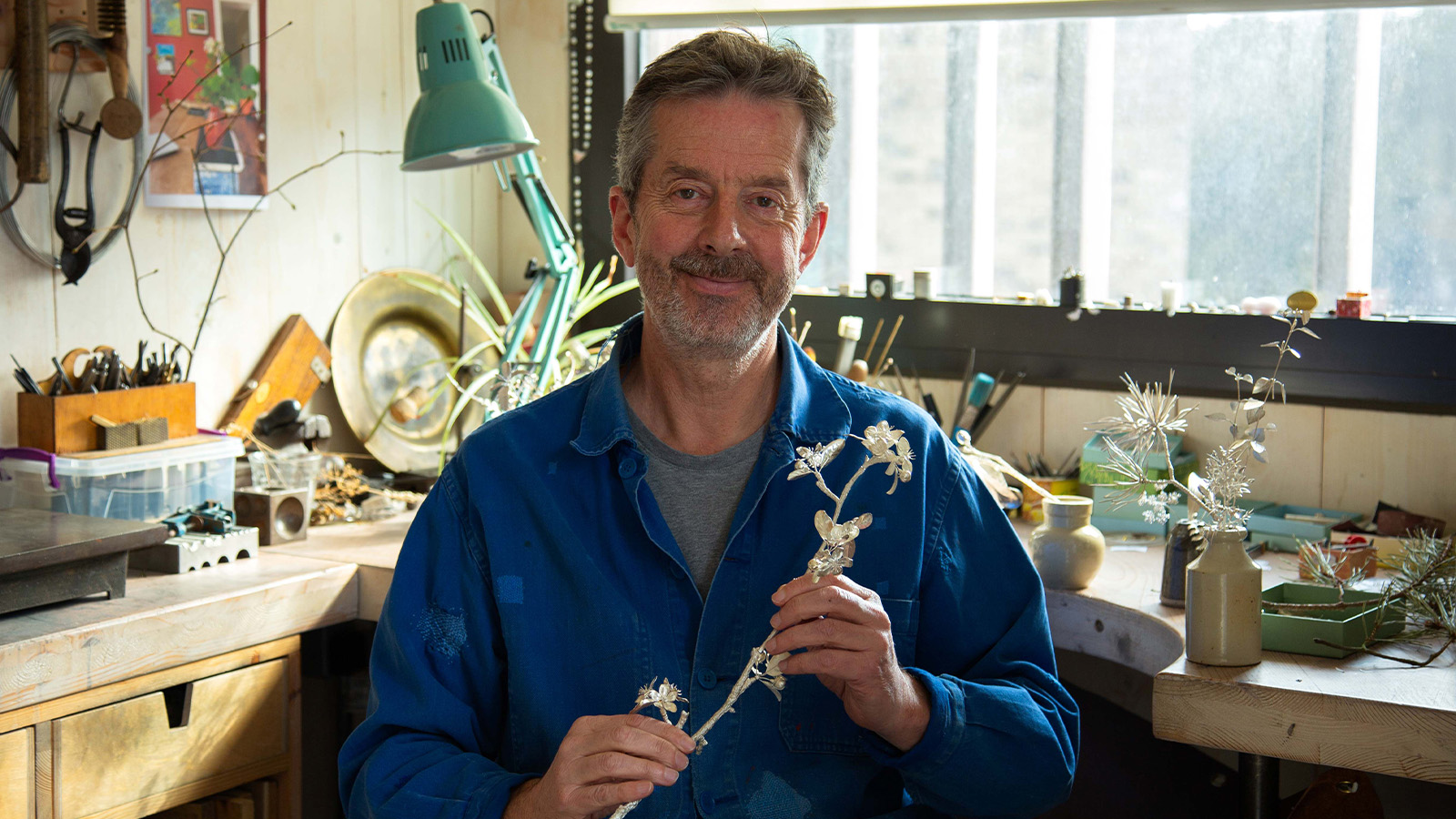 Nature sets the pace for Alex Monroe’s first sculpture exhibition
Nature sets the pace for Alex Monroe’s first sculpture exhibitionThe British designer hops from jewellery to sculpture for his new exhibition at the Garden Museum, London. Here, he tells us why nature should be at the forefront of design
By Tianna Williams
-
 A new London house delights in robust brutalist detailing and diffused light
A new London house delights in robust brutalist detailing and diffused lightLondon's House in a Walled Garden by Henley Halebrown was designed to dovetail in its historic context
By Jonathan Bell
-
 A Sussex beach house boldly reimagines its seaside typology
A Sussex beach house boldly reimagines its seaside typologyA bold and uncompromising Sussex beach house reconfigures the vernacular to maximise coastal views but maintain privacy
By Jonathan Bell
-
 This 19th-century Hampstead house has a raw concrete staircase at its heart
This 19th-century Hampstead house has a raw concrete staircase at its heartThis Hampstead house, designed by Pinzauer and titled Maresfield Gardens, is a London home blending new design and traditional details
By Tianna Williams
-
 An octogenarian’s north London home is bold with utilitarian authenticity
An octogenarian’s north London home is bold with utilitarian authenticityWoodbury residence is a north London home by Of Architecture, inspired by 20th-century design and rooted in functionality
By Tianna Williams
-
 What is DeafSpace and how can it enhance architecture for everyone?
What is DeafSpace and how can it enhance architecture for everyone?DeafSpace learnings can help create profoundly sense-centric architecture; why shouldn't groundbreaking designs also be inclusive?
By Teshome Douglas-Campbell
-
 The dream of the flat-pack home continues with this elegant modular cabin design from Koto
The dream of the flat-pack home continues with this elegant modular cabin design from KotoThe Niwa modular cabin series by UK-based Koto architects offers a range of elegant retreats, designed for easy installation and a variety of uses
By Jonathan Bell
-
 Are Derwent London's new lounges the future of workspace?
Are Derwent London's new lounges the future of workspace?Property developer Derwent London’s new lounges – created for tenants of its offices – work harder to promote community and connection for their users
By Emily Wright
-
 Showing off its gargoyles and curves, The Gradel Quadrangles opens in Oxford
Showing off its gargoyles and curves, The Gradel Quadrangles opens in OxfordThe Gradel Quadrangles, designed by David Kohn Architects, brings a touch of playfulness to Oxford through a modern interpretation of historical architecture
By Shawn Adams